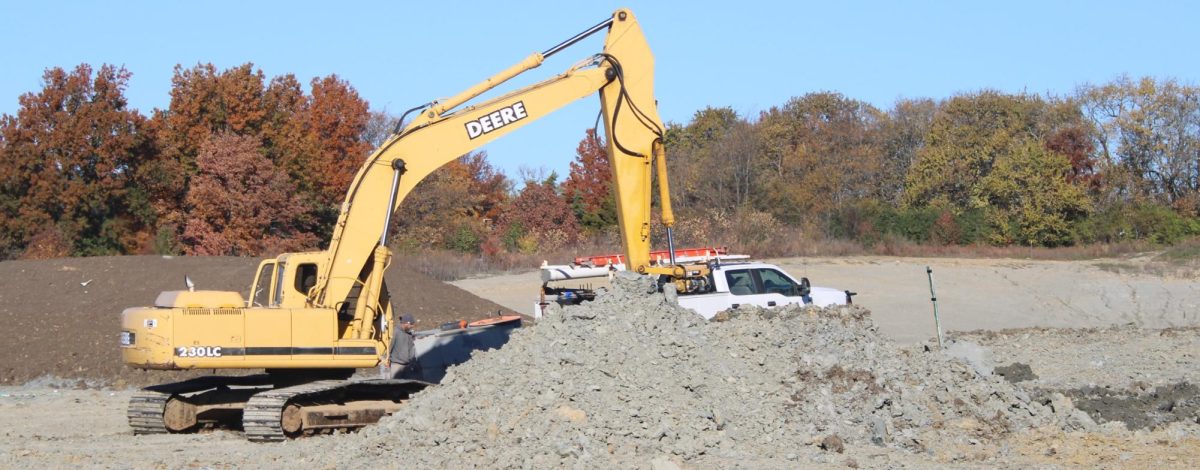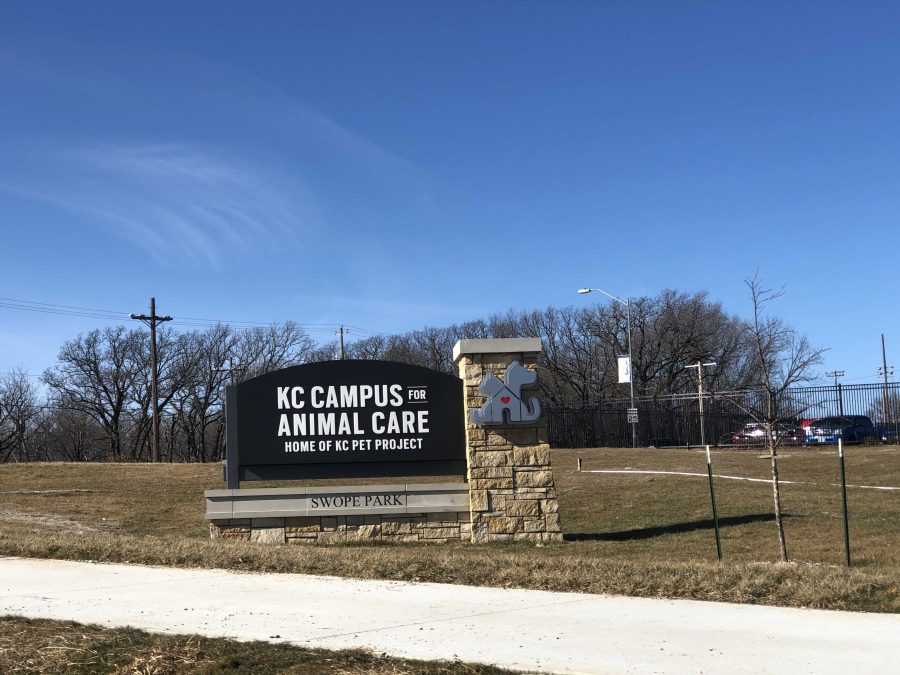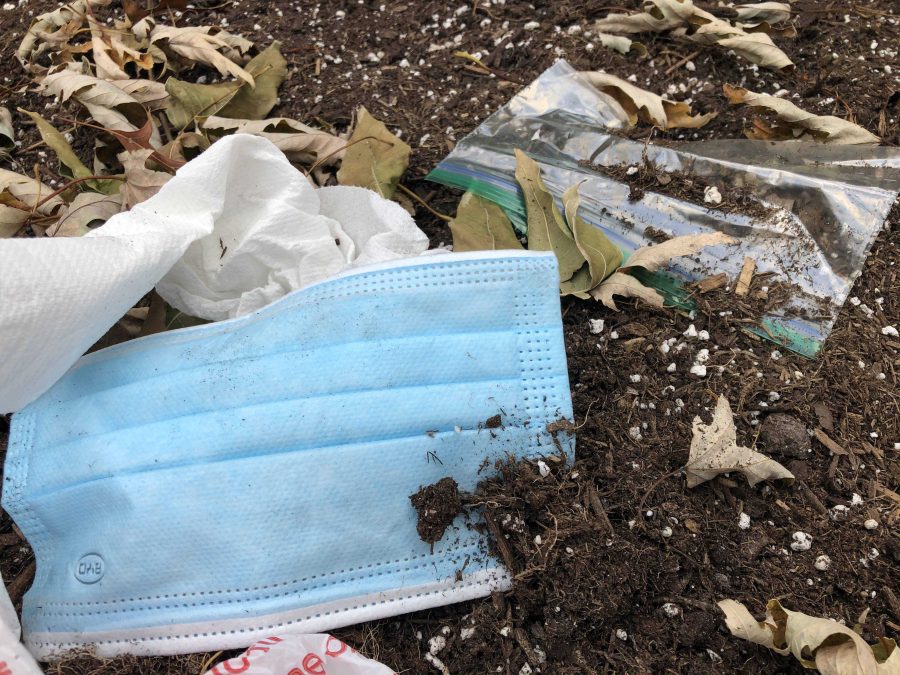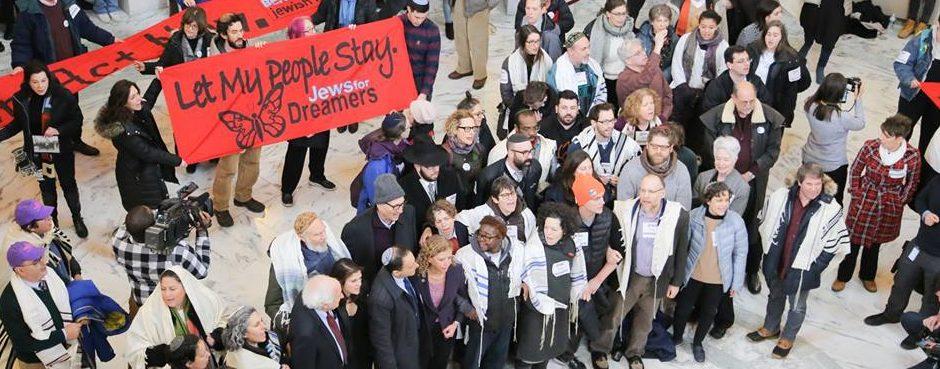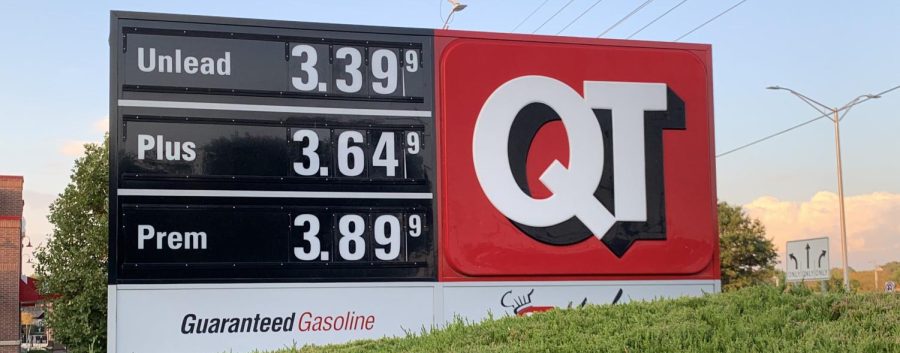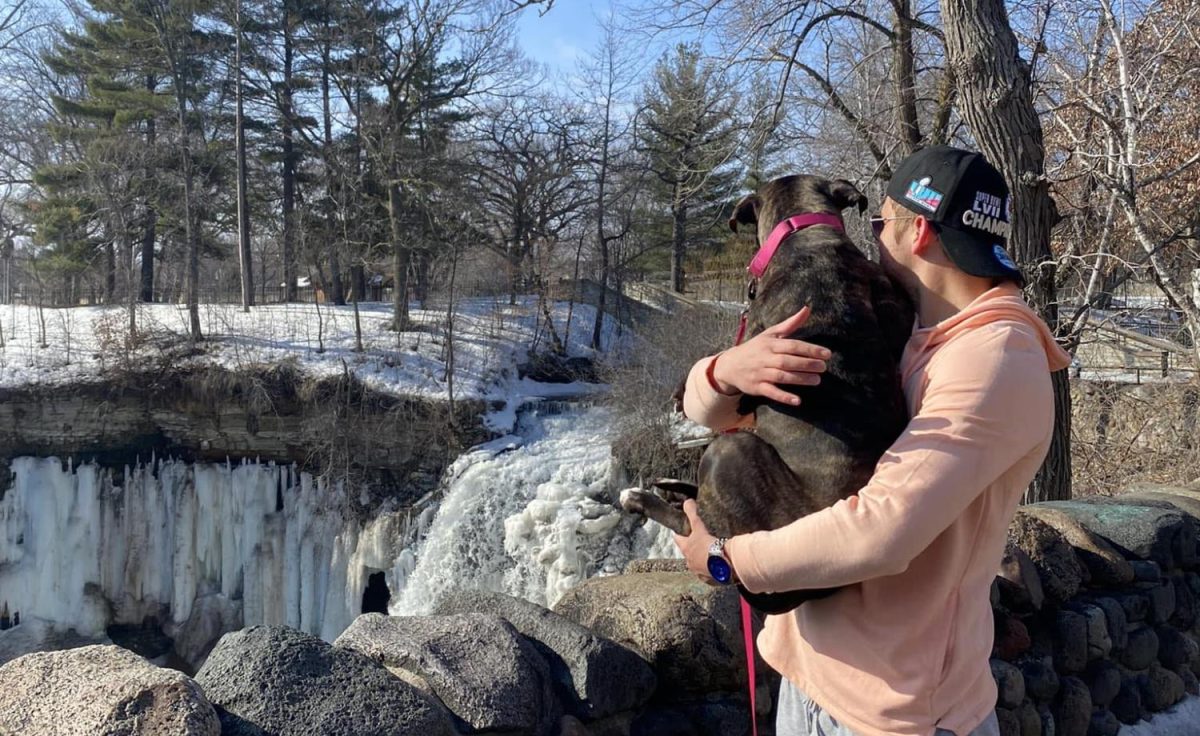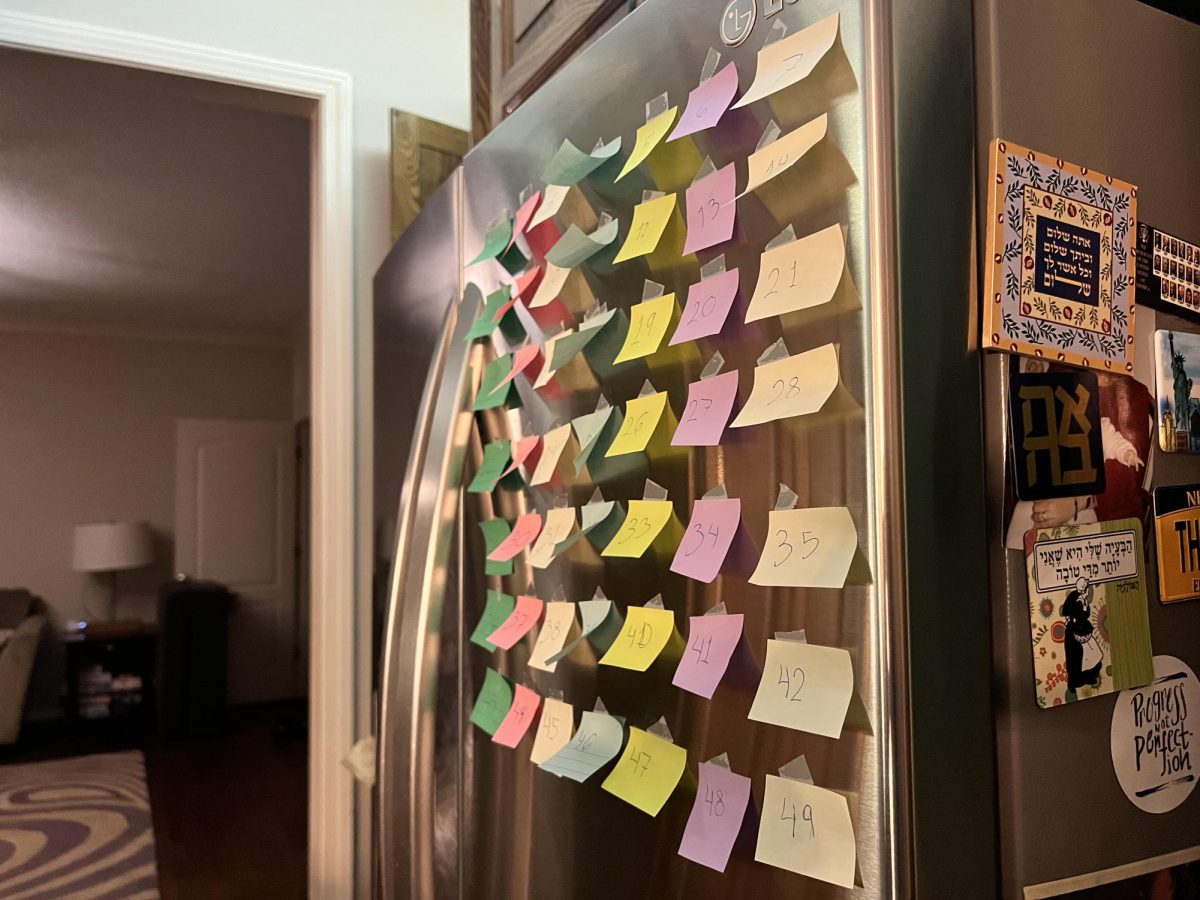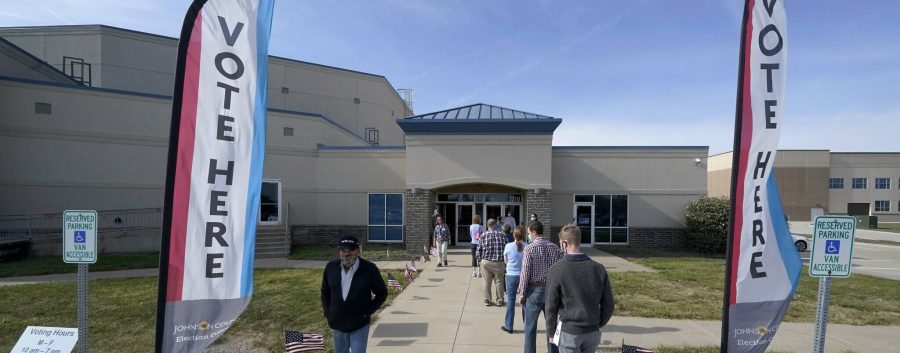Slider Image from SnappyGoat
In 1986, President Ronald Regan was able to acquire 1.7 billion dollars from the legislature in order to fund the war on drugs. This added 29 new mandatory sentences for drug related crimes. Now, 34 years later, Oregon has passed Measure 110, making hard drugs legal.
Measure 110 is known as the Drug Decriminalization and Addiction Treatment Initiative, and it was on the ballot in Oregon this election cycle. According to ballotpedia.org, “[a] yes vote” makes non-commercial possession of a controlled substance no more than a max fine of $100. It also establishes a recovery program, which would be funded by the money the state saves on prison sentences and the money made from marjuana taxes.
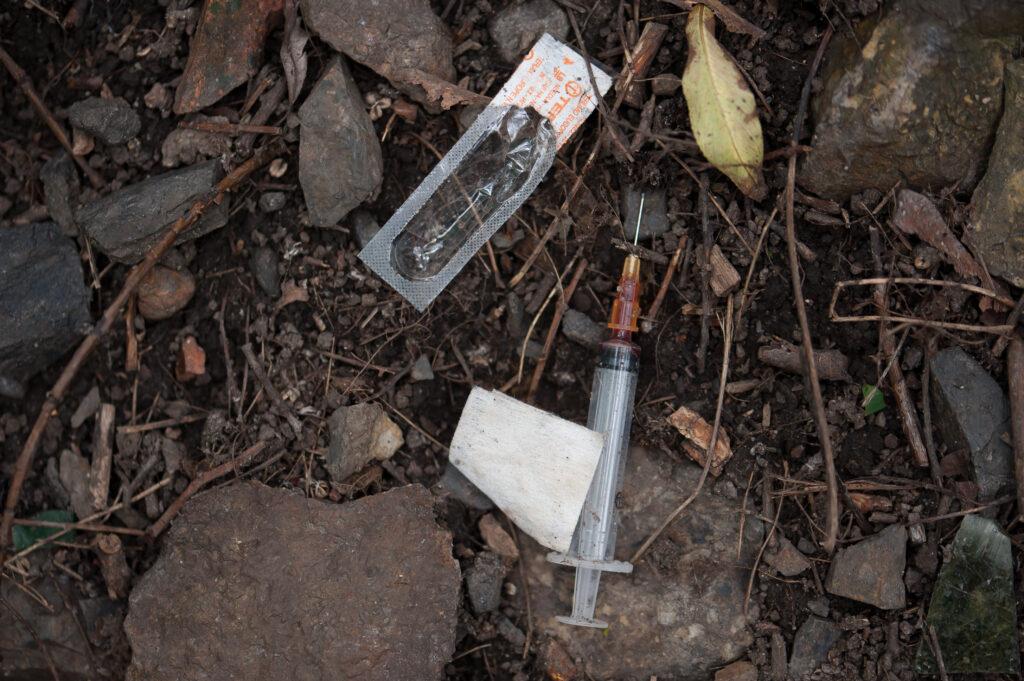
“A no vote” would mean that possessing hard drugs (non-commercially) would continue to be a $6,250 fine and a one year prison sentence. The result? Measure 110 passed by over 350,000 votes, and a 58 percent majority.
This new measure does come with its fair share of possible pros and cons. The possible pros are that less people will be arrested. According to the FBI, in 2017, 20.6 percent of drug related arrests in the United States were due to the possession of heroin or cocaine. This would save the prisons and taxpayers mone and allow people to be treated with more humane methods. The recovery program is also viewed as a more compassionate alternative to jail time.
There is also the issue of race. This new system gives the police no way of discriminating based on the color of someone’s skin. No matter a person’s ethnicity, they will all receive the same sentence. According to the National Association for the Advancement of Colored People (NAACP), “87% of black adults say the US criminal justice system is more unjust towards Black people,” making the law that much more relevant.
However this system also has many potential downsides. The lack of regulations on these drugs means that they will likely become more mainstream. According to the National Institute on Drug Abuse, in 2018, almost 42,000 Americans died from an overdose of heroin, cocaine, or psychostimulants (mainly meth). Without these laws, these drugs would be much more easily attainable for people with addictions to these substances. The legalization of these drugs could also have a larger impact on the youth of Oregon. With more of these drugs circulating, they will have a higher chance of falling into the hands of teens unaware of the dangers these drugs carry. The increased frequency of these drugs will likely lower their costs, which could end up exacerbating addiction issues in poor communities.

Oregon sees themselves as leading the way with their new drug laws, but will Kansas follow? In the 2020 election, Oregon went democratic, while Kansas went republican. This shows that the citizens of these states share different ideologies. However, according to Johnson County, Kansas and Oregon have similar opioid overdose rates. If Measure 110 ends up being successful in Oregon, then the citizens of Kansas may accept it as well. Ultimately, time will tell.









